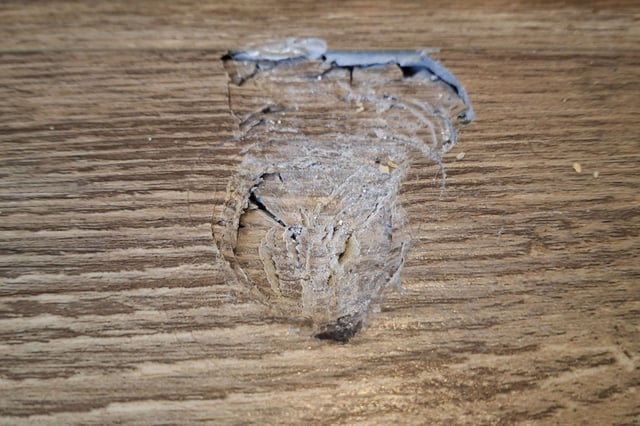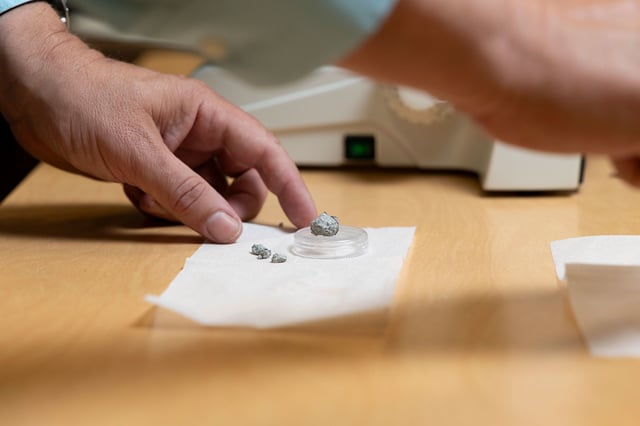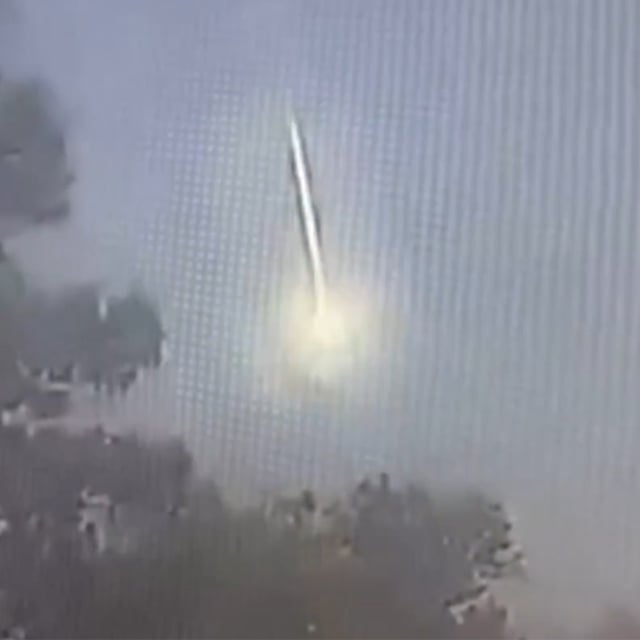Overview
- University of Georgia geologist Scott Harris dated 23 grams of fragments at 4.56 billion years, about 20 million years older than Earth.
- Microscopic and compositional tests identified the rock as a low-metal ordinary chondrite linked to a 470-million-year-old breakup in the main asteroid belt.
- The June 26 fireball generated a sonic boom across multiple Southern states before a fragment pierced a McDonough homeowner’s roof and floor.
- Harris and colleagues will present their findings to the Meteoritical Society’s Nomenclature Committee to secure the official McDonough Meteorite designation.
- Remaining pieces are being set aside for further laboratory study and public exhibition at the Tellus Science Museum.



